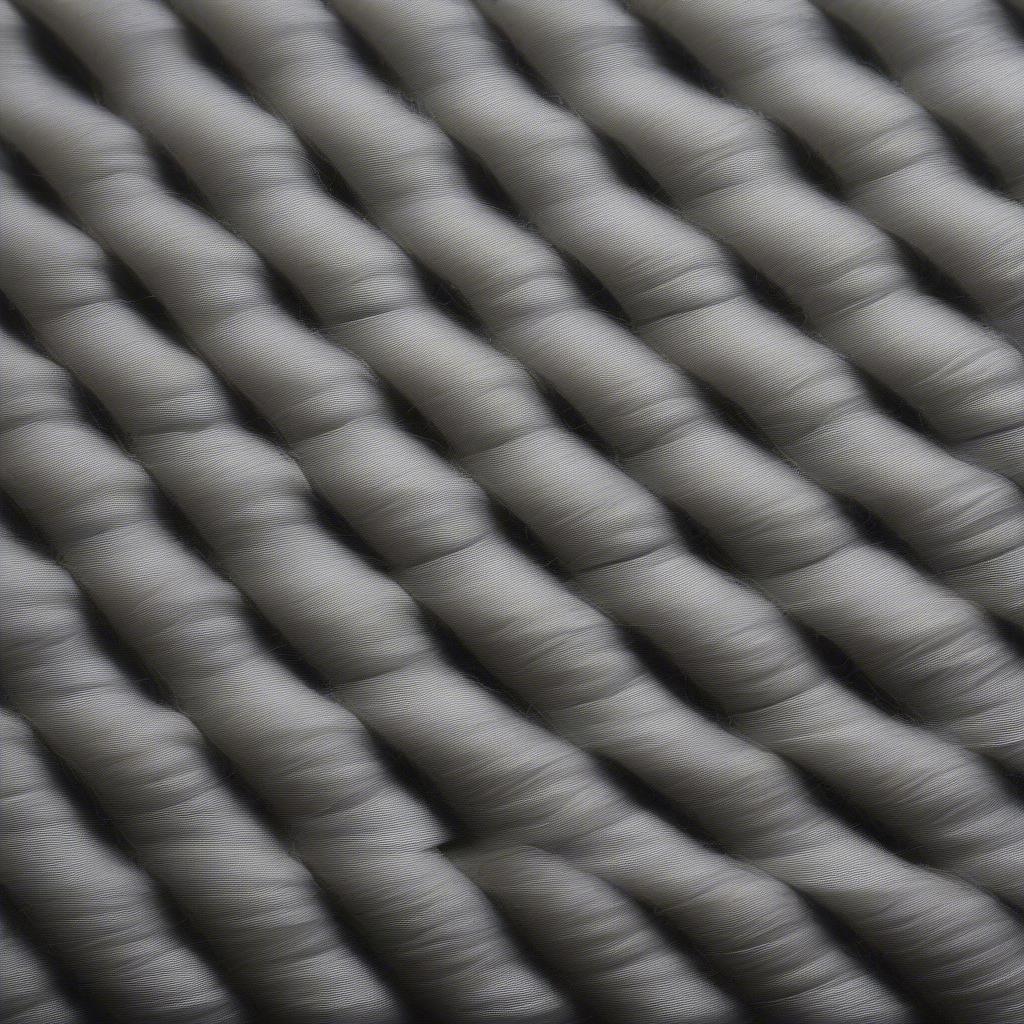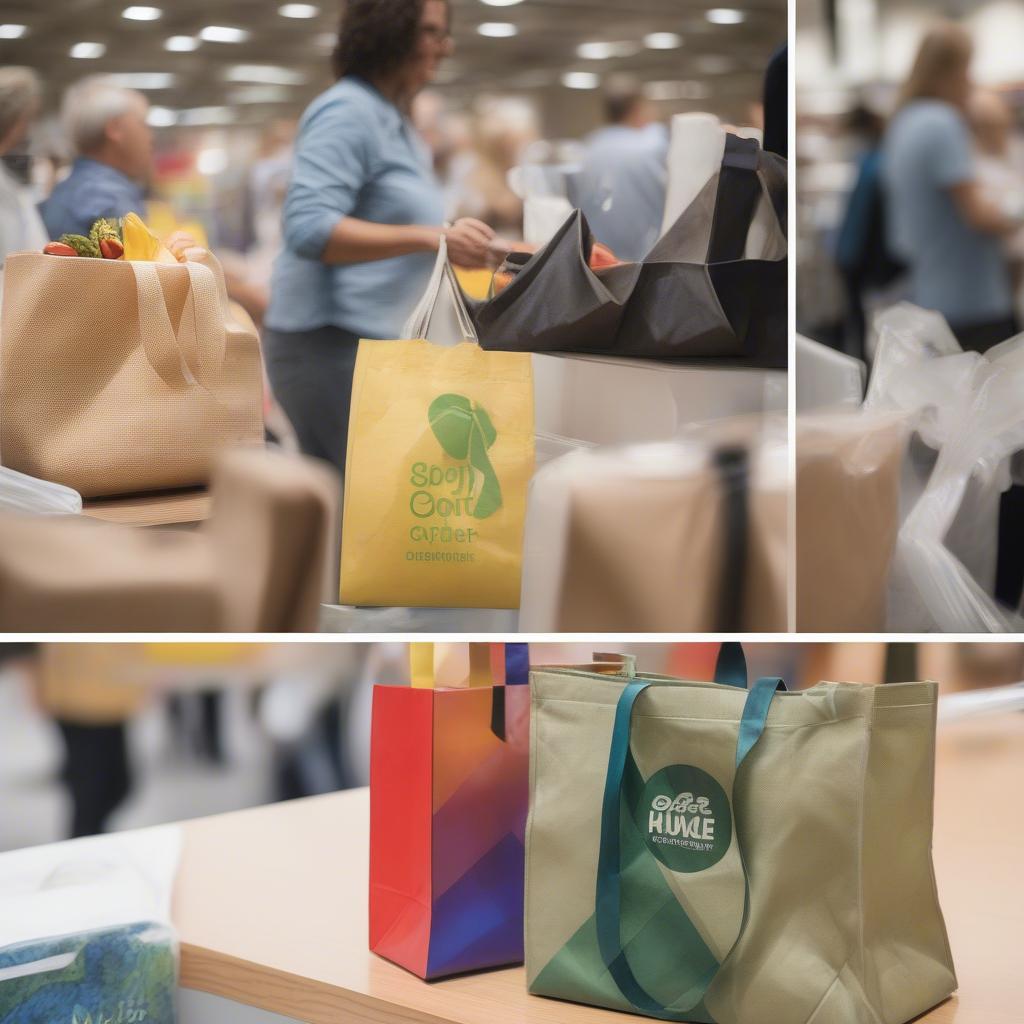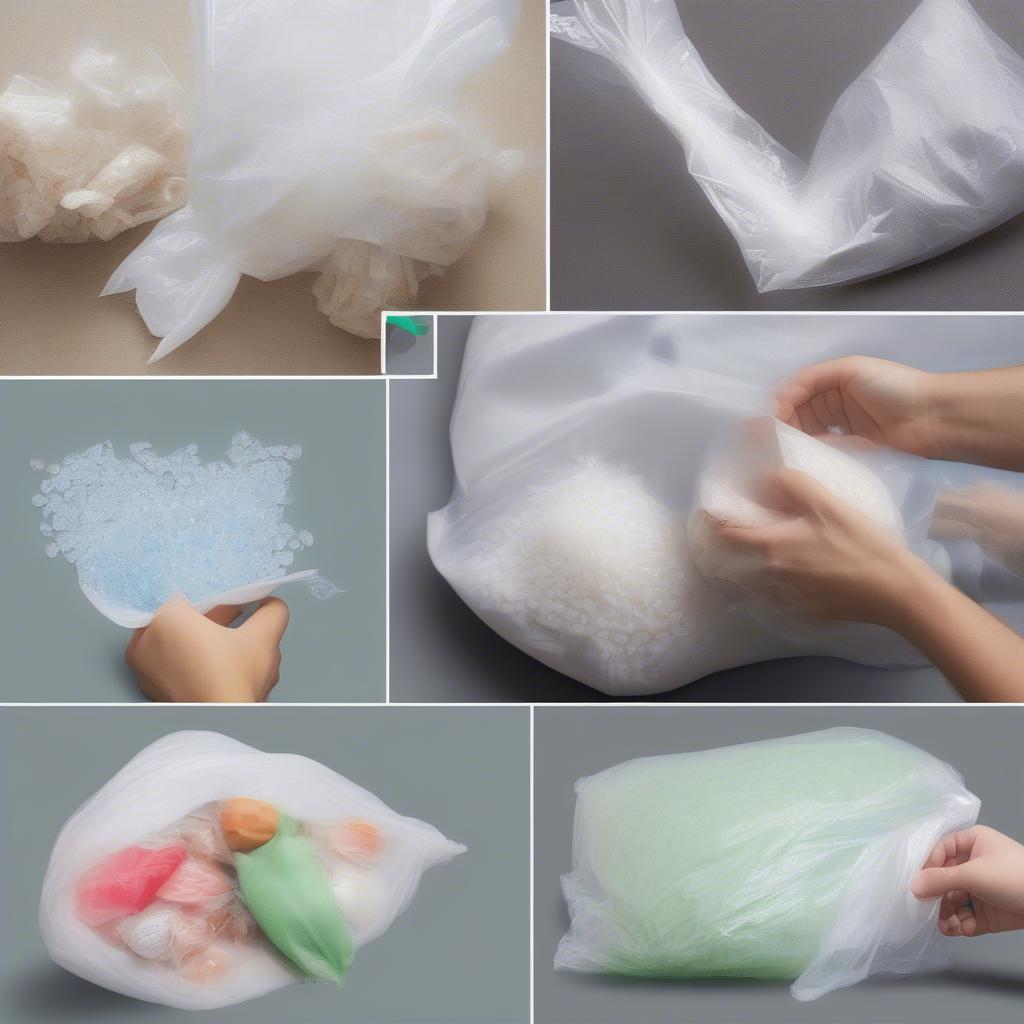Woven Bag
Non-Woven Bags: The Eco-Friendly Alternative
Non-woven bags have become a popular choice for shopping, giveaways, and everyday use. They offer a practical and sustainable alternative to traditional plastic bags, making them a key player in the fight against pollution. This article dives deep into the world of non-woven bags, exploring their benefits, uses, and impact on the environment.
Understanding Non-Woven Fabric
Non-woven fabrics are created by bonding fibers together, typically through mechanical, thermal, or chemical processes. Unlike woven materials, they don’t involve traditional weaving or knitting. This gives non-woven fabrics unique properties, such as strength, durability, and water resistance. Common materials used include polypropylene (PP), polyester, and nylon. These materials contribute to the bag’s durability and lightweight nature, making them ideal for carrying a variety of items.
 Non-Woven Fabric Structure
Non-Woven Fabric Structure
The Advantages of Non-Woven Bags
Non-woven bags offer numerous advantages over traditional plastic bags. They are reusable, washable, and often recyclable, contributing to a more sustainable lifestyle. Their durability makes them a long-lasting investment, reducing the need for single-use bags. Here’s a closer look at some key benefits:
-
Eco-Friendly: Non-woven bags are generally considered more environmentally friendly than plastic bags, as they are often made from recyclable materials and decompose much faster.
-
Durability: These bags are designed to withstand wear and tear, making them suitable for repeated use. They can carry heavier loads than typical plastic bags.
-
Cost-Effective: Although the initial cost might be slightly higher than plastic bags, their reusability makes them more economical in the long run.
-
Customizable: Non-woven bags can be easily printed with logos and designs, making them effective marketing tools for businesses.
Various Applications of Non-Woven Bags
Non-woven bags have become increasingly versatile, serving various purposes beyond just grocery shopping. They are used as promotional giveaways, shopping totes, gift bags, and even for packaging.
-
Shopping Bags: A practical and stylish alternative to plastic bags.
-
Promotional Bags: An excellent way for businesses to promote their brand while offering a useful item.
-
Gift Bags: A more sustainable and often more elegant alternative to traditional paper gift bags.
 Different Uses of Non-Woven Bags
Different Uses of Non-Woven Bags
Non-Woven Bags vs. Other Eco-Friendly Options
While non-woven bags offer a significant improvement over plastic, they are not the only eco-friendly option. Here’s a comparison with other alternatives like canvas and jute bags:
| Bag Type | Durability | Cost | Eco-Friendliness |
|---|---|---|---|
| Non-Woven | High | Moderate | High |
| Canvas | Very High | High | High |
| Jute | High | Moderate | High |
How to Choose the Right Non-Woven Bag
Choosing the right non-woven bag depends on your specific needs. Consider factors like size, material, and thickness.
-
Size: Select a size appropriate for the intended use.
-
Material: Consider the material’s strength, water resistance, and recyclability.
-
Thickness: Thicker bags are more durable and can carry heavier loads.
Are Non-Woven Bags Truly Sustainable?
While often marketed as eco-friendly, it’s important to consider the entire lifecycle of a non-woven bag. The production process can still have environmental impacts. However, their reusability and potential for recycling contribute significantly to their sustainability credentials.
“Choosing a reusable bag, even a non-woven one, is a step in the right direction,” says Emily Carter, a Sustainability Consultant at Eco Solutions. “It’s crucial to prioritize reuse and proper disposal to maximize their environmental benefits.”
 Recycling Non-Woven Bags
Recycling Non-Woven Bags
Conclusion
Non-woven bags provide a practical and eco-friendly alternative to traditional plastic bags. Their durability, reusability, and customizability make them a versatile choice for various applications. By choosing non-woven bags, consumers and businesses can contribute to a more sustainable future.
FAQ
- Are non-woven bags recyclable? Many are, depending on the material.
- How long do non-woven bags last? With proper care, they can last for several years.
- What are non-woven bags made of? Common materials include polypropylene, polyester, and nylon.
- Can I print on non-woven bags? Yes, they are easily customizable with prints and logos.
- Are non-woven bags biodegradable? Some are, depending on the material composition.
- Where can I buy non-woven bags? They are readily available online and in many retail stores.
- What are the best uses for non-woven bags? Shopping, promotional giveaways, gift bags, and packaging.
Looking for more information on sustainable materials? Check out our articles on wicker and rattan baskets.
Need assistance? Contact us at Hanoi, Vietnam or Tech Avenue, Suite 12, San Francisco, CA 94105, USA. We have a 24/7 customer support team.
